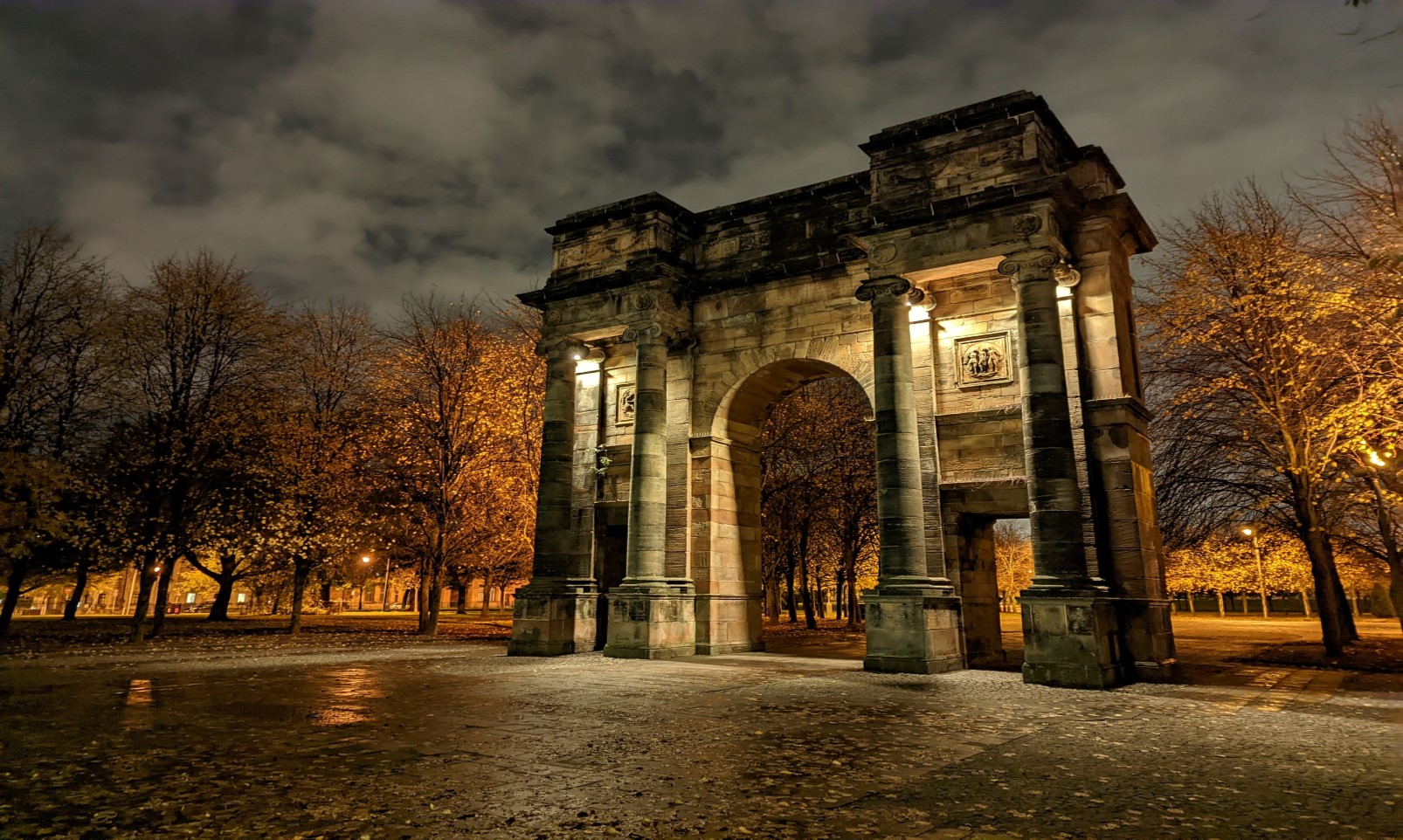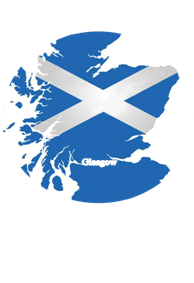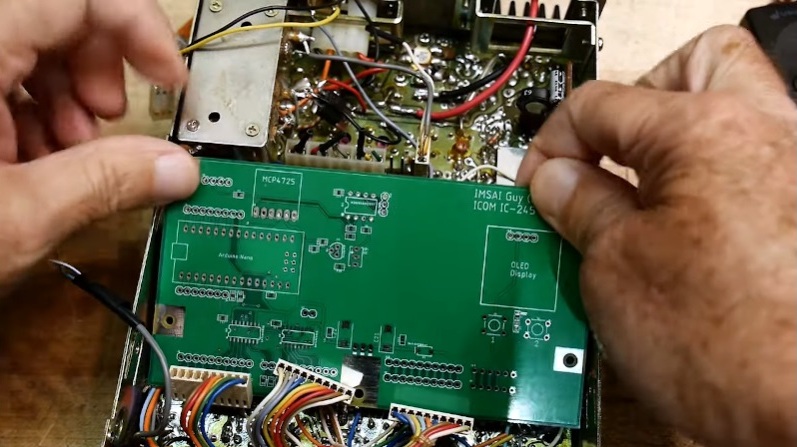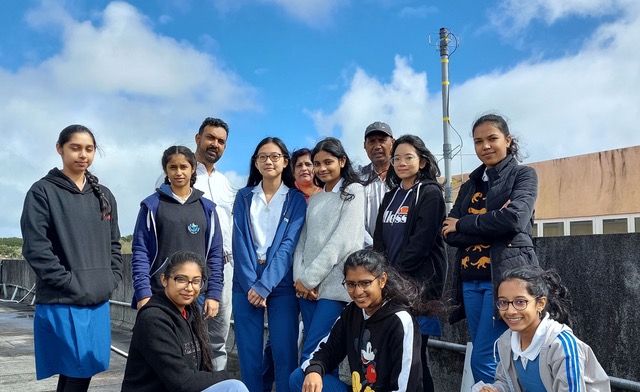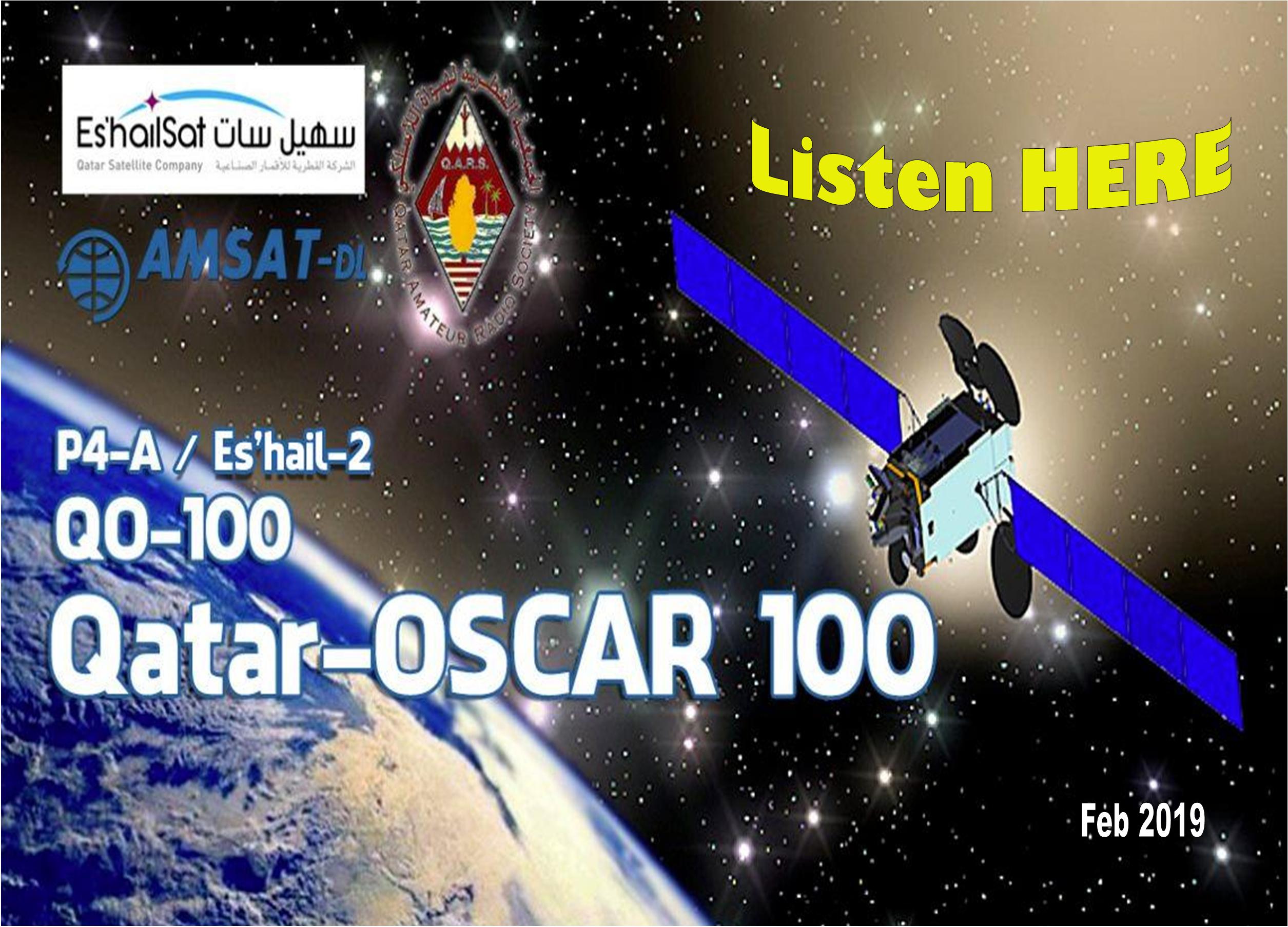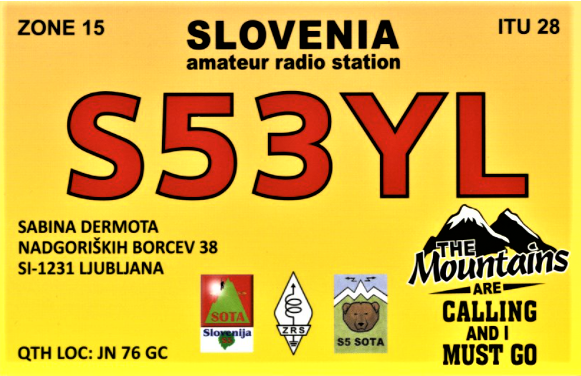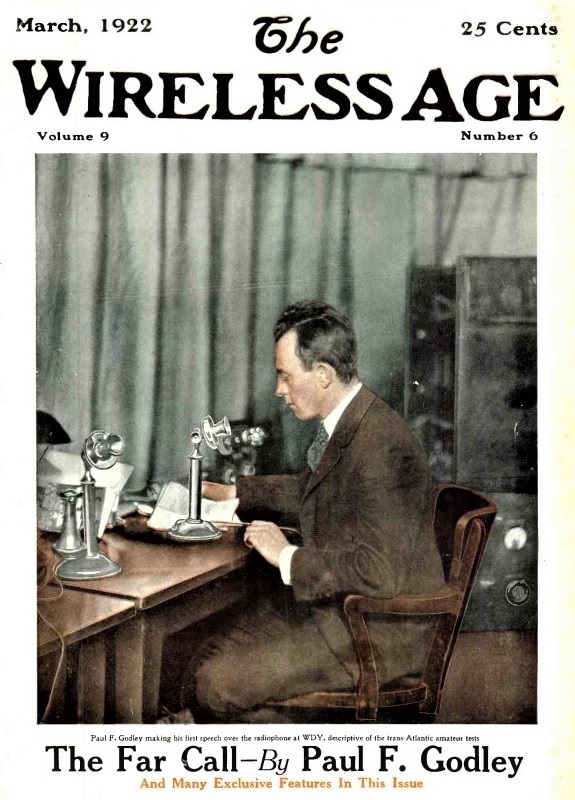
(First Published 14 July 2021 – Updates 3 Nov; 21 Nov; 29 Nov; 14 Dec; 17th Dec (COX))
BACKGOUND
The first one-way amateur radio QSO across the Atlantic that took place on 12 December 1921. The ARRL have joined with a group of UK operators who plan to recreate the event in December this year.
To celebrate the centenary of Paul Godley – 2ZE’s success, in collaboration with North Ayrshire Council, special event stations GB2ZE and GB1002ZE respectively will be operating from 1 to 28 December 2021 (added to CALENDAR).
An attempt was made using GM4AGG to contact W1AW. A report was produced by Jack GM4COX on the Club’s Programme Forum – HERE as to the outcome.
A YouTube Video Of The W1AW End Of The Proceedings
KLARC OPERATIONS (Copied off KLARC Website)
“……..Kilmarnock and Loudoun Amateur Radio Club will activate a special event station adjacent to the original location of the Paul Godley experimental station at Ardrossan, Scotland in 1921. The activation will be on air from 1200 UTC on Saturday 11 December 2021 until 1200 UTC on Sunday 12 December 2021. The callsigns will be GS2ZE (licence holder Jason GM7VSB) and GB1002ZE (licence holder Bob GM0DEQ) using CW, SSB and data modes on bands between 160m and 10m. GB2ZE (licence holder Bob GM0DEQ) will be used by the Ardrossan station for the first hour of the ARRL/RSGB 160m QSO Party (0200z – 0300z). During this first hour of the 160m QSO Party at Ardrossan, GB2ZE will be exclusively on CW. The GB2ZE callsign will be taken over by members of the GMDX Group on an hourly rota for the remainder of the QSO Party. An attempt will be made to re-enact Godley’s original successful reception of transatlantic amateur radio signals at exactly the same time and on the same date as 100 years ago. Attempts will be made to record any US re-enactment signals received at Ardrossan and also at other UK locations for sharing with the amateur radio community…….”
And a KLARC summary of the Event over the weekend of 11/12th December – Copied off their Website:
Station Located @ Ardrossan (North Crescent Road) Scotland
We were on the air ahead of schedule and had our first QSO with DL1DCT on 30m FT8 at 11:37 UTC on Saturday 11 December 2021. The first SSB QSO was with LY3YY on 20m. Band conditions on HF turned out to be very poor overall and the highest band we made QSOs on was 17m. We made 401 contacts in 60 different DXCC countries using three callsigns – GS2ZE (licence holder – Jason GM7VSB), GB2ZE and GB1002ZE (licence holder for both – Bob GM0DEQ). The final QSO was at 11:21 UTC on Sunday 12 December 2021 with RM9W on 20m SSB. The callsign used for the majority of the activation was GS2ZE.
Thank goodness we had an FT8 station on air – it came to the rescue under the challenging HF propagation conditions we had and got some very good DX into the log. The map below, produced by Barry GM5BDX, shows the geographical spread of our contacts.
At the start of the 160m Godley Trans-Atlantic QSO Party (0200 UTC) we used the callsign GB2ZE . We tried to have a QSO with the ARRL station W1AW on 1814 kHz. We heard them calling us and tried to respond but they couldn’t copy us unfortunately. A video of our attempt is on The KLARC YouTube Channel – see below for link. The plan we had was for NA2AA to call GM3YEH initially and then change callsigns to W1AW and GB2ZE if contact was established. We then operated in the QSO Party using GB2ZE for 22 minutes and worked quite a few US, Canadian and European stations on CW (Morse Code) before going into radio silence to take recordings of the period during which the re-enactment transmission from W2RCA was to take place. A video of us operating in the QSO Party is on the KLARC YouTube Channel.
One major target was to try and hear and decode the re-enactment transmission of the original message that Paul Godley 2ZE heard at Ardrossan, Scotland 100 years earlier. At 02:52 UTC – exactly the same time and date that Godley copied his message in 1921 – we copied W2RCA (The Radio Club of America) on 1825 kHz sending the same message…SUCCESS! We have a video recording of this momentous event on our KLARC YouTube Channel. In addition to the KLARC Members and some others on site, the historic successful reception was witnessed by Stewart Bryant G3YSX, President of the RSGB. Also on the KLARC YouTube Channel is a video of how the W2RCA re-enactment transmission was heard by Don G3BJ in Shropshire, England.
After our spell using GB2ZE and the recording of the W2RCA re-enactment transmission, we used the callsign GS2ZE for the remainder of the time we were in the QSO Party. During this period we listened for the transmissions from W2AN/1BCG on 1820 kHz but heard nothing from that station.
We had 139 contacts on the network assisted FreeSTAR station running with GS2ZE callsign. The first contact was Oscar 2E1HWE in Essex. The farthest station to call in was ZL1BOB who congratulated the KLARC team and wished us well from New Zealand. There were several operators who were thankful for being able to call in through the network as they did not have HF capabilities at their location or could not reach us due to propagation conditions at the time.
We had a lot of visitors to the site including local folk and various radio amateurs, some of whom had travelled a distance to get to us. The visitors we had on site from southern climes apparently thought we had bad weather, but those of us from Ayrshire were not too troubled by the horizontal driving sleet, in fact it seemed slightly better weather than we had anticipated. The endless shared stories, jokes and banter that went on all weekend kept us all very cheery. On reflection, I think I agree with the guys who have said we should do this again…but maybe in the summer 🙂 We don’t need to mention all the people who contributed to make this activation such a massive success – there are far too many and you all you know who you are. It is, without a shadow of doubt, the highest profile event that KLARC has ever delivered…genuinely fantastic!
See our KLARC YouTube Channel for a selection of videos from the event.
IQ data recorded during the 160m Trans-Atlantic QSO Party can be downloaded from here.
Some photographs taken at the Ardrossan site can be found here ………….
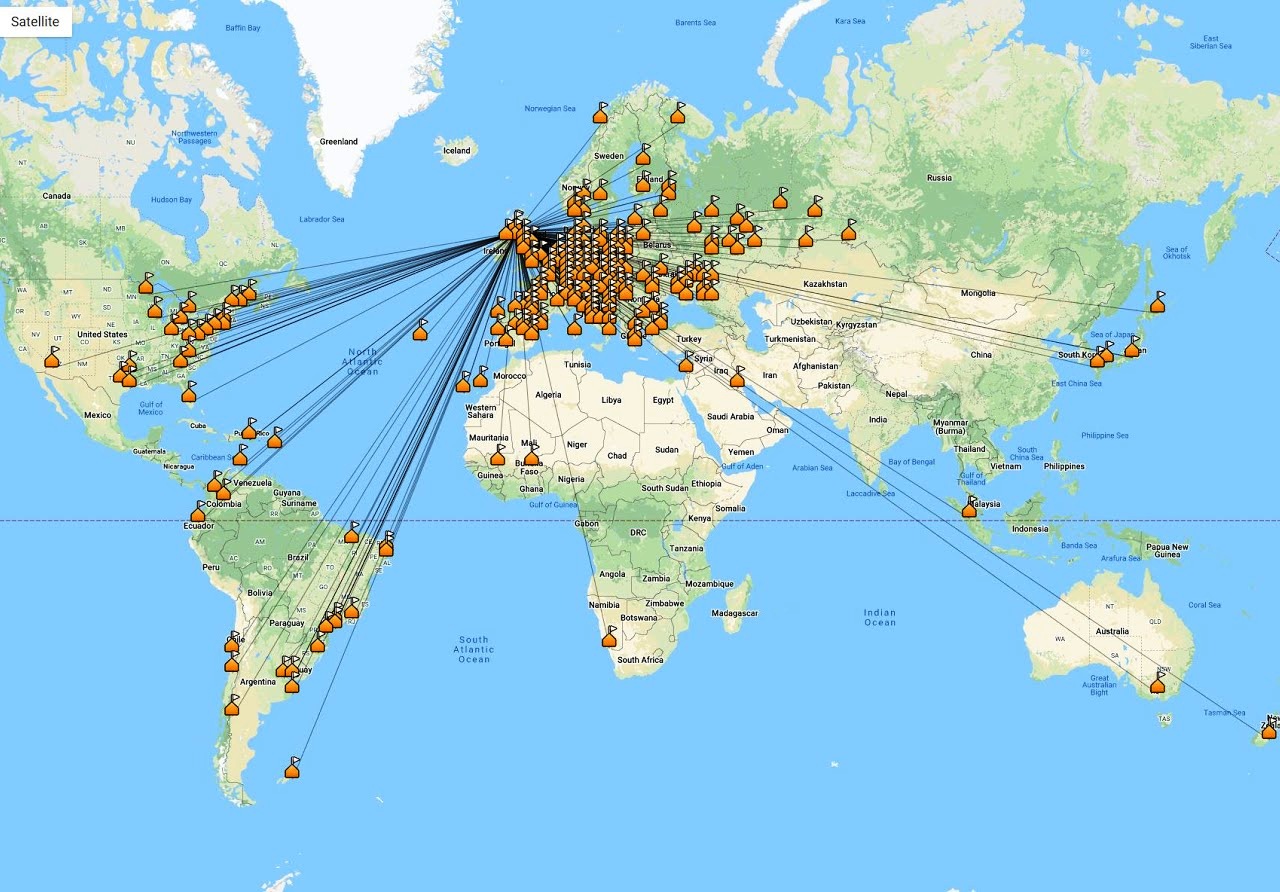
RSGB VIDEO
WEB SDR

PUBLICATIONS
Within the RSGB’s WORLD AT THEIR FINGERTIPS (Page 64 in the Book – 81 in the .pdf) the following:
“……………………During the ARRL Convention held in Chicago that year (August 31 – September 3, 1921) is was announced “to a wildly enthusiastic audience” that a second series of Transatlantic tests would take place in December and that a well-known American amateur (Paul Godley, 2ZE) would be going to Europe……………………..
………..Godley duly arrived at Southampton on November 22, 1921……………………”
FURTHER INFORMATION
1. RSGB’s Website – HERE .
2. https://www.transatlantic.org.uk/
3. Programme Forum POST#1832 . (COX)
4. BBC Radio 4 NEWS ITEM (The World This Weekend – 22.40mins)
5. The-Classic-Beverage-Antenna-Revisited_QST-JAN-1982
